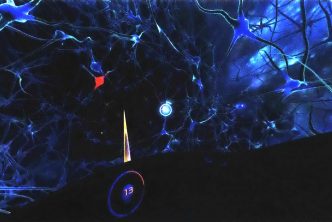Over the past several decades, computers have allowed for the increasingly voluminous and rapid ingest of images. These images, made for machine legibility, are called “operational images,” a term coined by Harun Farocki. They are made for machines, by machines; they are not made to represent an object, but are part of an operation. Yet these operational images are only the most recent chapter in a longer history of logistical and instrumental use of images. Through the history of cartography, surveillance, and reconnaissance runs a long tale of instrumentalization, a history of calculable images primed for machine-readability. Before computers allowed for a truly “operational” image that could be harvested and interpreted independently, there were many other logistical images — only these predecessors kept humans in the operational loop. These days, so-called deep learning allows for a new development in the operational image — not only are humans excluded, but machines are performing inscrutable assessments; they interpret images and provide conclusions while their rationales remain opaque. These images are part of an interpretive turn. This sort of image use is difficult to demystify, confront, and confound. To contemplate effective strategies, it helps to look at the broader context of subversion of the logistical image, reaching back to early instances of artistic intervention to help inform the present and future.
Operational Images and the Interpretive Turn

Through the history of cartography, surveillance, and reconnaissance runs a long tale of instrumentalization, a history of calculable images primed for machine-readability.




